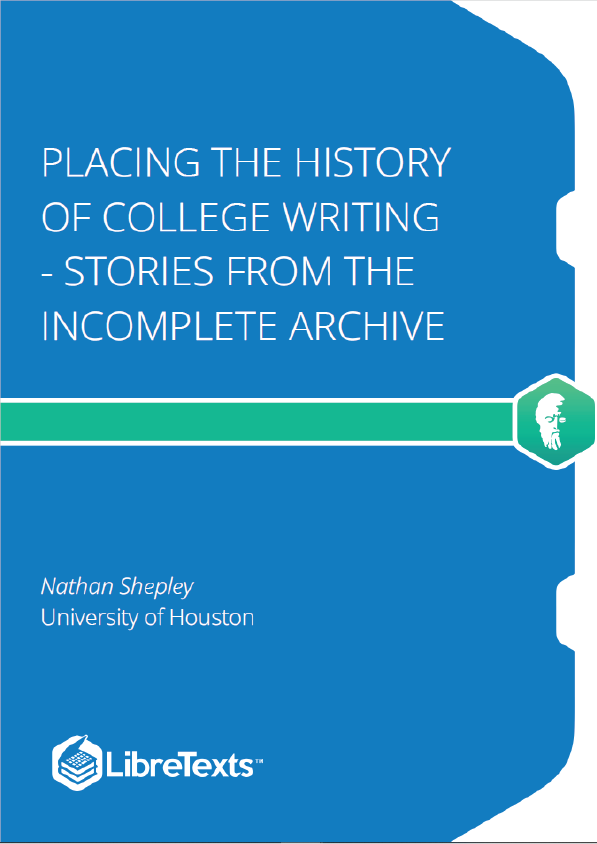Too, the study of English itself and the proliferation of academic departments in the late 1800s and early 1900s illustrate the degree of change surrounding composition before the 1950s. The mid nineteenth century saw a widespread rise of extracurricular and noncollegiate educational programs and sources, from the lyceum circuit to the national circulation of magazines, which rivaled college rhetoric coursework in influencing the public and, Thomas P. Miller argues, hastened the collegiate turn toward academic specialization (87). From the 1870s to the 1890s, classical and philosophical course sequences once seen as the core of a higher education expanded to include course sequences in science, commerce, and other types of specialization, such that by the early 1900s, faculty members who most championed specialization and research also demoted teaching (T. Miller 134-135). This portrayal echoes the research of Susan Miller and Sharon Crowley, who fault 1890s-era literary specialization for demoting writing and the teaching of writing in the university. Furthermore, as James A. Berlin argues, the late-nineteenth-century rise of specialization reflected broader social changes in that the American college “was to become an agent of upward social mobility” given new business and industry needs (60). Influenced by college-industry connections, America’s college student population doubled in the decades around 1900 (Brereton 7). The number of women enrolling in colleges more than quadrupled from 1870 to 1890 and continued growing into the 1900s (Hobbs, “Introduction” 16), though as numerous historians have shown, perceptions of acceptable livelihoods for women lagged behind.
All this is to say nothing of changes to the mission and structure of American colleges and universities in the nineteenth and early twentieth centuries. In 1862, the U.S. government passed the Morrill Land-Grant Act, which supported the creation of universities focusing on agriculture and industry. Thus, many universities arose that now bear the designations “State” or “A&M,” and the higher education landscape grew more crowded. In the 1870s, state normal schools, which trained teachers and which initially offered coursework leading to diplomas rather than college degrees, became a fixture in America’s small and mid-sized cities. Over time, land-grant institutions and normal schools competed with older public and private postsecondary institutions so that by the late 1800s many institutions closed due to a lack of funds and students. By the 1910s many state normal schools became degreegranting normal colleges, and by the 1920s public junior colleges were founded in the hope of giving working students more affordable and accessible higher education options. Overlapping these developments was institutional restructuring evident from the late 1800s through the early 1900s as colleges and universities created new departments for faculty who narrowed their research interests and joined increasingly specific national organizations where the faculty could share their work with likeminded peers. So the Professor of Rhetoric and Belle Lettres in the early 1800s would have likely identified as Professor of Rhetoric and Mental and Moral Philosophy (or the like) in the mid 1800s, as Professor of Rhetoric and English Literature by 1900, and as Professor of Speech or as Professor of Literature by 1920. But one important factor persisted, albeit in multiple forms, throughout the many changes summarized above: students studied and practiced how to wield language effectively.



